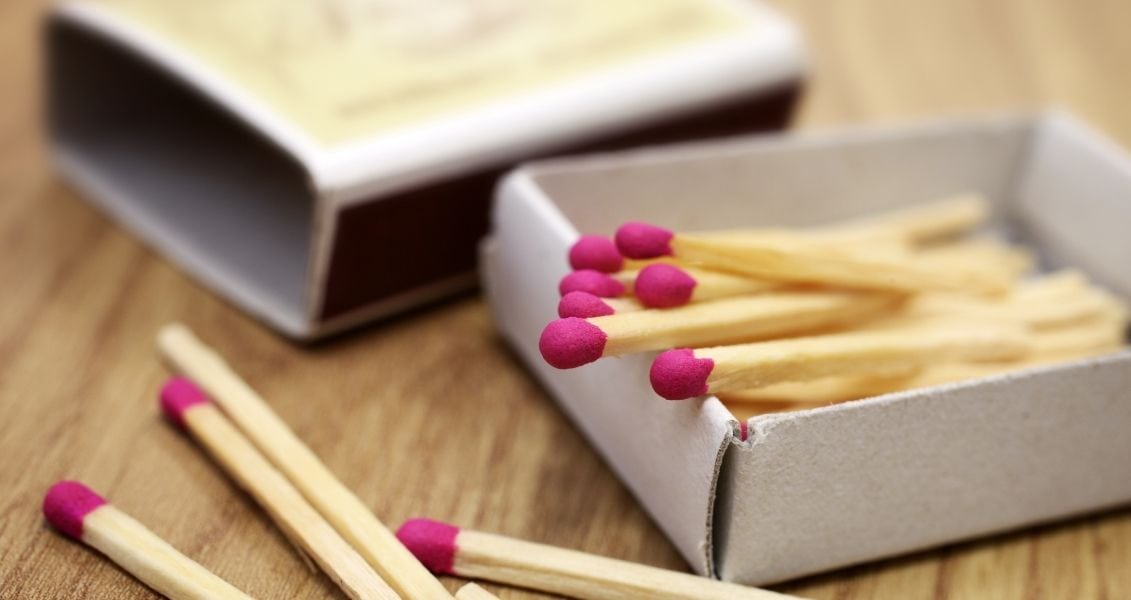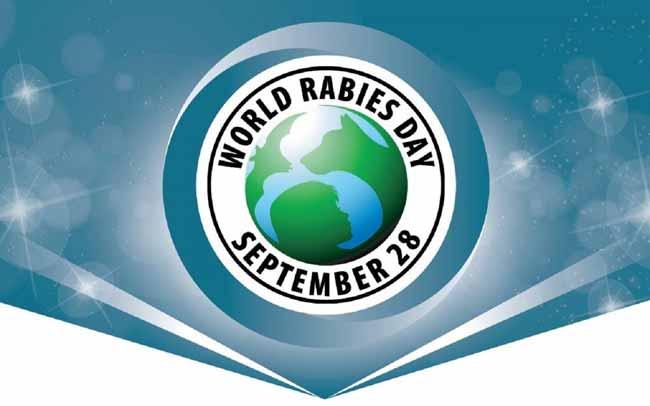International Match Day
What day is it?
The ability to make fire is one of the key advantages that allowed ancient humans to rise above animals, survive in adverse conditions, and create the basis for modern civilization. Starting a fire was at first quite a labor-intensive task, so people have long tried to improve this process. Only in the 19th century did matches appear – in the form we are all used to. Despite impressive technological achievements, it is difficult to imagine our life without matches, they still remain irreplaceable. Matches as a source of fire are cheap, they are easy to take with you anywhere. There is even a special holiday dedicated to this useful thing, which is celebrated on March 2 — International Match Day.
How did the idea of celebrating International Match Day come about?
According to scientists, mankind gained power over fire about a million years ago, but it gained special importance in the Neolithic period. Then our distant ancestors began to engage in agriculture and sow the land with grain crops. To create fields, people often had to burn down forested areas.
First, fire was made by rubbing two dry pieces of wood against each other. Gradually the tree warmed up and after long and painstaking efforts finally began to smolder. Despite all the difficulties of the process, the fire obtained in such a natural way was called “alive”. Even in later times, pagans used this very method of obtaining fire for their rites.
Flint
Later, people turned their attention to such a common mineral as flint. By striking a flint against a flint, you can cut out a small spark, which means that you can set fire to some very dry plant substance, for example, moss, tin mushroom, flax or cotton fibers. Materials that were ignited by a spark received the common name of tinder — from the name of the tinder mushroom.
Later it turned out that it is much easier to cut sparks from blows on flint with iron, and this piece of iron was called a chair. A set of three objects was formed – a flint, tinder and an armchair. This set was widely used for making fire for quite a long time – until the end of the 18th – beginning of the 19th century, and the principle of its action is still used in modern lighters.
Prototype matches, like many other significant things, were invented by the Chinese in the Middle Ages. But this thing was not independent, but served only as an addition to the armchair. Thin wood chips, impregnated on one side with sulfur, were applied to smoldering tinder, thus facilitating the process of starting a fire. In China, these bars were poetically called “slaves that carry light.” Later they reached European countries, but they did not gain wide recognition there.
Phosphorus
The initial “match” experiments in Europe were associated with the discovery of phosphorus, which belongs to the Hamburg scientist-alchemist Hennig Brandt. In an attempt to find the “prime matter” in 1669, he accidentally isolated a substance with the ability to glow in the dark.
After learning about the discovery, other researchers began to study phosphorus, as a result of which its flammability was discovered. In 1680, Robert Boyle’s experiments showed that a wooden chip covered with a layer of sulfur is easily engaged if you pass it over paper impregnated with phosphorus. But phosphorus was still a fairly rare element, so there was no question of its widespread use yet.
The first self-igniting match was produced in 1805 by Jean Chancel, an assistant to the famous French chemist Louis Jacques Thenard. The head of this match was made of a mixture of potassium chlorate, sulfur, sugar and rubber. A necessary accessory was a bottle with concentrated sulfuric acid – a match was ignited by dipping it in it.
Despite the rather high cost of this technology, in 1813 the first factory for the production of such matches was opened in Vienna. However, using sulfuric acid in everyday life turned out to be a dangerous activity, so chemical matches did not gain much popularity.
In 1826, the British chemist-pharmacist John Walker introduced matches made by friction against sandpaper. Stibium sulfide (antimony), potassium chlorate and gum were used for them. The invention had an unpleasant smell and could ignite accidentally – for example, from a blow.
In 1830, the Frenchman Charles Soria made phosphorus matches by adding white phosphorus to potassium chlorate. Such matches could also be set arbitrarily, besides, white phosphorus was very poisonous. The worst affected were the workers in the matchmaking industry, who developed a specific disease of the jaw bones due to exposure to phosphorus.
Safe matches
Later, chemists discovered that white phosphorus changes its color to red when heated for a long time, and most importantly, it becomes non-toxic. In 1855, red phosphorus was first used for matches by the Swede Johan Lundström. His patented “Swedish matches” were finally safe and reliable, because they were easily engaged by friction, but almost never spontaneously. Since then, matches made of white phosphorus have been gradually banned in all countries.
A lot of time has passed, but special changes matches no longer suffered. The wooden part of modern matches is most often made of aspen. The strip on the matchbox is red phosphorous, filler and glue. The head of the match consists of potassium chlorate, a small amount of sulfur, fillers and oxidizers, which are bound together with a special glue. Usually, each manufacturer keeps the exact formula of the chemical composition of their matches a secret.
International Match Day in History
-
1855“Swedish matches” by Johan Lundström won a gold medal at the Paris International Exhibition.
-
1864The first automatic machine for making matches was created in Sweden. This made it possible to launch mass match production.
-
1889American Joshua Pusey invented a matchbox made of cardboard. Before that, matches were stored in metal boxes. Pusey later sold the patent for his invention to the match company Diamond Match.
-
1895In the USA, a commercial advertising image was placed on a matchbox for the first time. It was an advertisement for the Mendelson Opera musical group.
-
1903At the International Congress of Applied Chemistry, the production of dangerous matches containing white phosphorus was banned.
-
1992The Swedish company Swedish Match presented unique environmentally friendly matches without sulfur content.
Frequent Questions and answers about International Match Day
When rubbing a match red phosphorus is first heated against the side of the box, it turns for a moment into highly flammable white phosphorus, which in turn burns at the expense of potassium chlorate (Bertolet salt). At the same time, a lot of heat is released, which makes the match head work. The wooden match base starts burning last.
This hobby is called philumenia and includes collecting all things related to matches. The term “filumenia” was first used in 1943. This hobby became especially popular in the world in 1960-1980.
Currently, there are about a hundred species matches. For example: gas, fireplace, signal, gift or collectible. There are also signal matches capable of emitting a bright flame visible at a great distance; stormy or hunting – they are not afraid of moisture and work even in the rain and in strong winds.
Yes, these are so-called sesquisulfide matches, the heads of which contain phosphorus sesquisulfide. Such matches are made in English-speaking countries mainly for the needs of the army.
The global production of matches is about six trillion matches per year. The largest exporter of this product is India.
How to celebrate International Match Day?
Of course, no mass entertainment or information campaigns are held on this day. But there are museums in the world dedicated to matches, and it would be very interesting to visit them. Such museums were created in Poland, Sweden, Russia, Germany and Switzerland. In Ukraine, there is a museum of matchboxes and labels, which is located in Kharkiv.
Also, in our country, starting from 2018, on the occasion of this holiday, the All-Ukrainian festival of match records is held annually. Numerous objects skillfully made from matches amaze the imagination. These are paintings and icons, and colored ones, and various sculptures, furniture, ships. The festival opens with the playing of unique musical instruments, also made of matches. Ukrainian artisans from all regions of the country take part in the festival, demonstrating real masterpieces created from ordinary matches.
International Match Day — is a great reason to learn more about this, at first glance, trivial, but such an irreplaceable subject. Be sure to tell the story of the match to children – it will be especially interesting and useful for them to learn it. It is also worth explaining to the kids the safety rules for handling matches, because this small wooden stick can sometimes cause a big fire.
Why do we love this day?
In addition to using matches for their intended purpose – to start a fire, we often use this thing in other situations, often without even thinking about it.
Interesting facts and ideas for using matches
- Matches are excellent educational material – with their help, children can develop fine motor skills and learn to count.
- Matches are often used in the drawing of lots, as a conventional monetary unit in gambling, many tricks and tricks are also based on the use of matches.
- The versatility of matches always allows them to replace a toothpick, an ear stick or a tool for penetrating hard-to-reach places of any technical device, for example, for cleaning.
- Making matches is an interesting hobby that many people enjoy. They create real works of art in the form of various objects, houses, moving vehicles – imagination is practically unlimited here.
- A matchbox is quite capable of replacing a ruler or other measuring devices, because everyone knows that its standard length is exactly 5 centimeters.
- A match can sometimes even save a person’s life – when bitten by poisonous insects, spiders or scorpions, the wound is burned with a match. The high temperature causes the poison to disintegrate and the danger passes.
International Match Day not only prompts us to learn about the interesting history of its appearance, but also reminds us how valuable and universal this familiar object is in our lives.
When will we celebrate International match day?
| Year | Date | Weekday |
|---|---|---|
| 2021 | March 2 | Tuesday |
| 2022 | March 2 | Wednesday |
| 2023 | March 2 | Thursday |
| 2024 | March 2 | Saturday |
| 2025 | March 2 | Sunday |






































